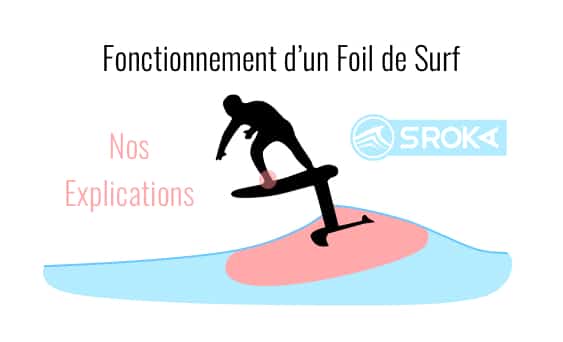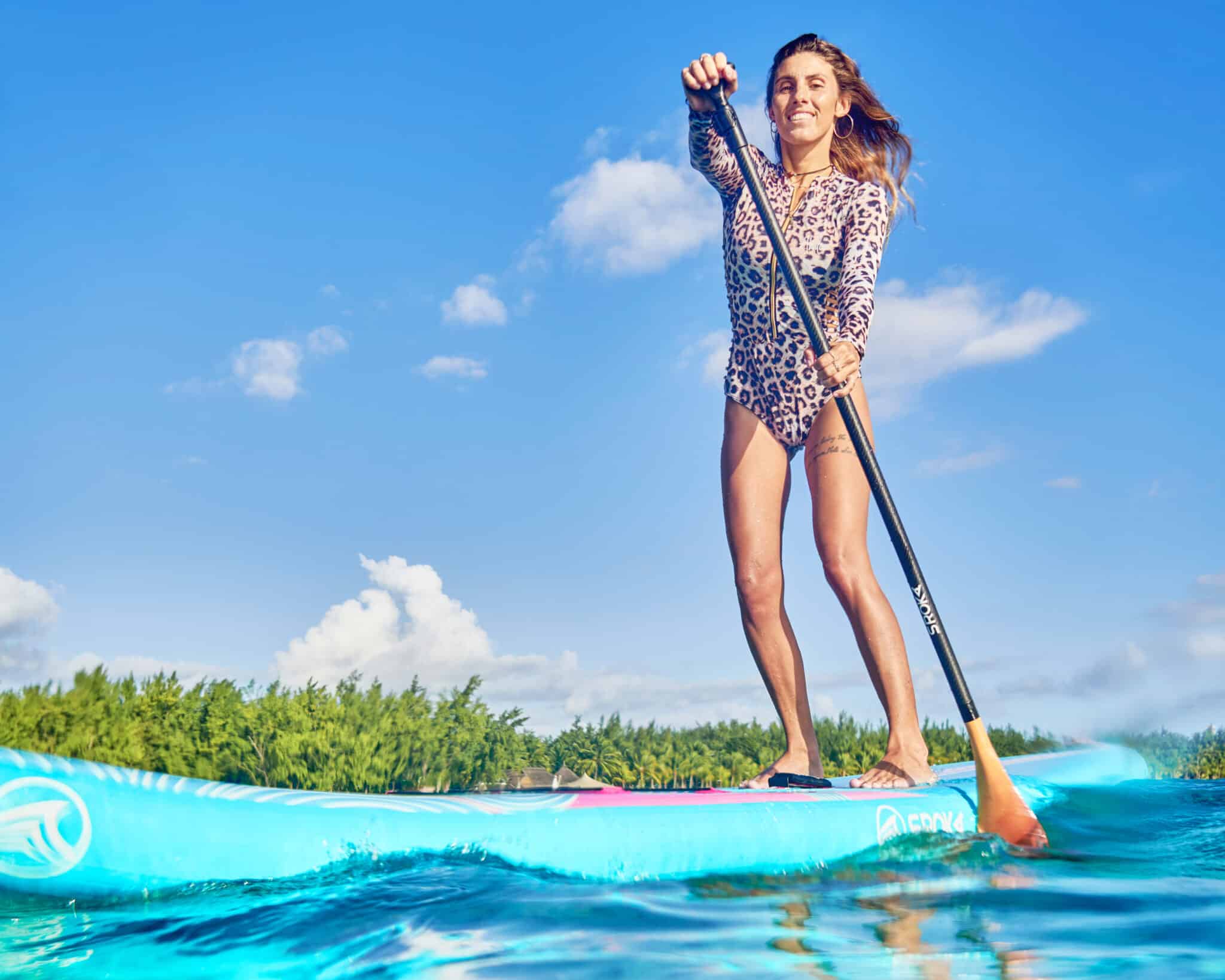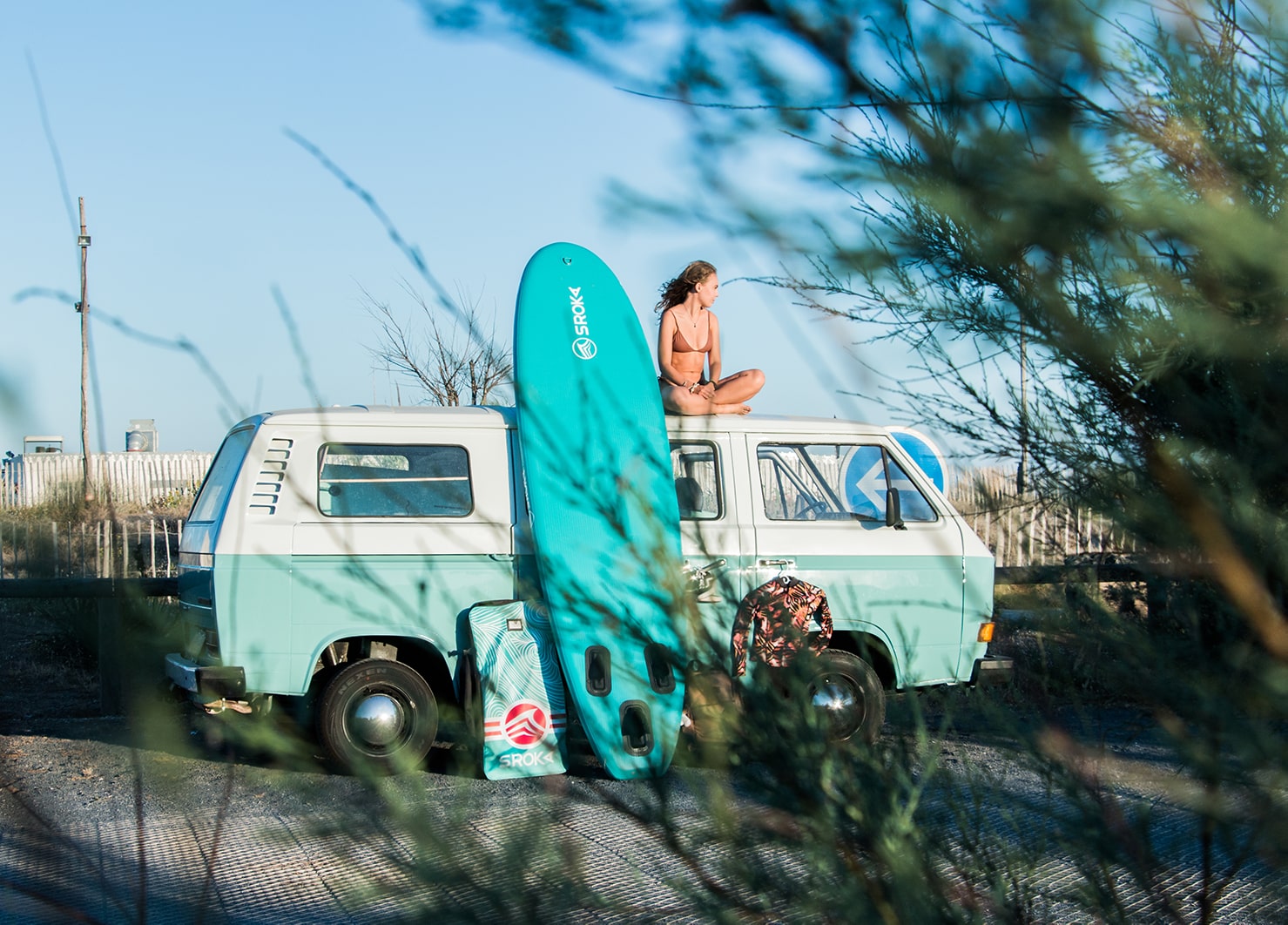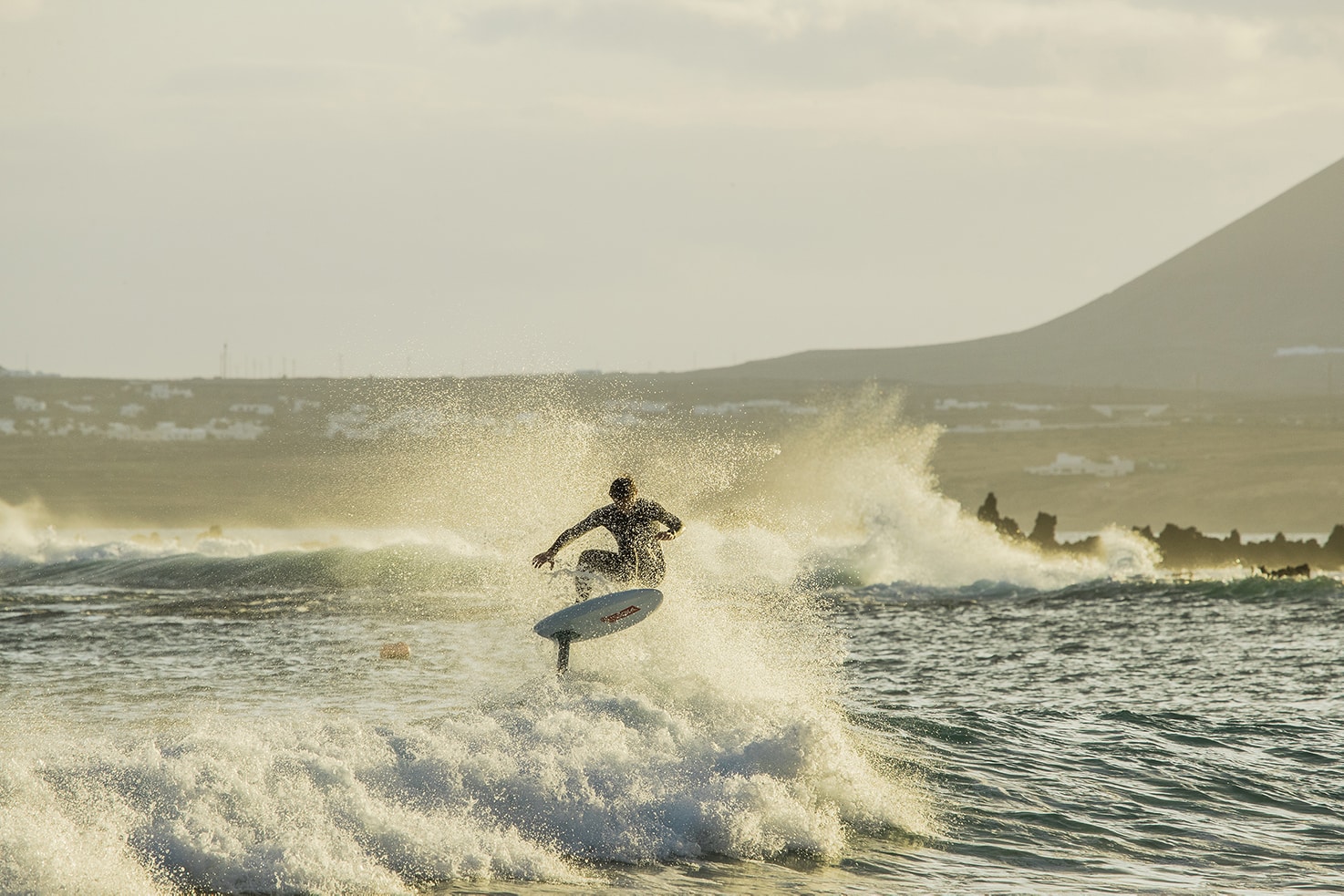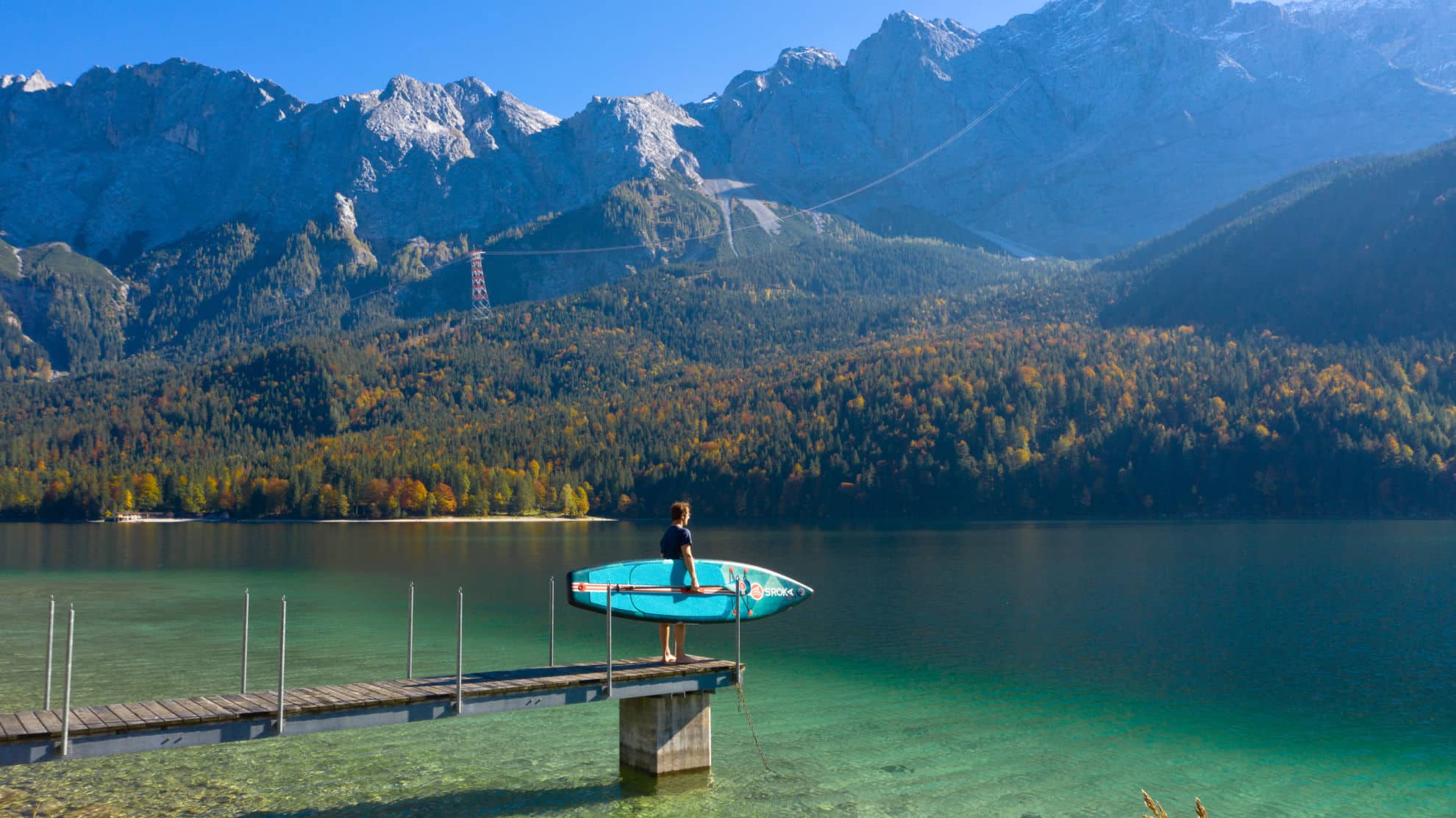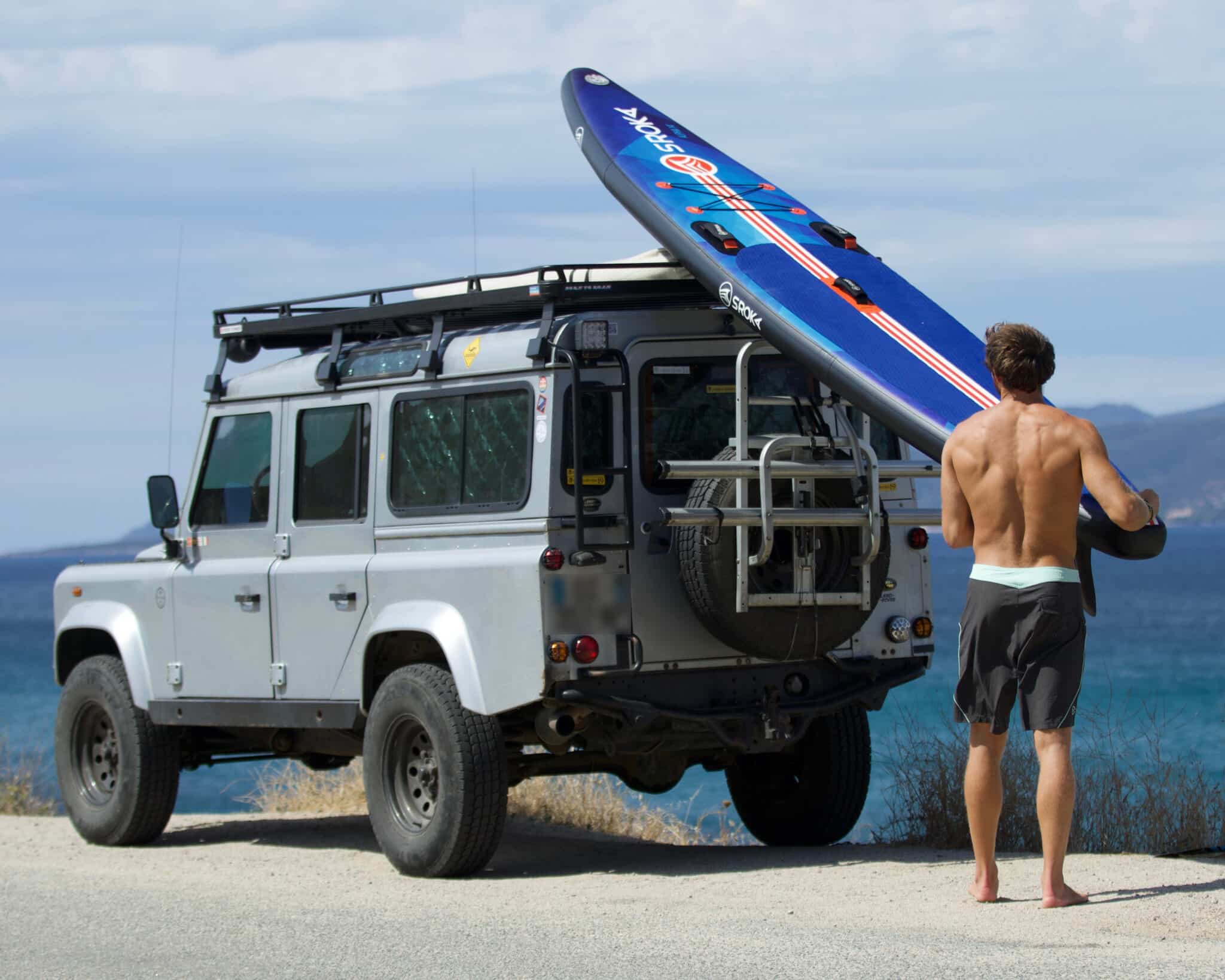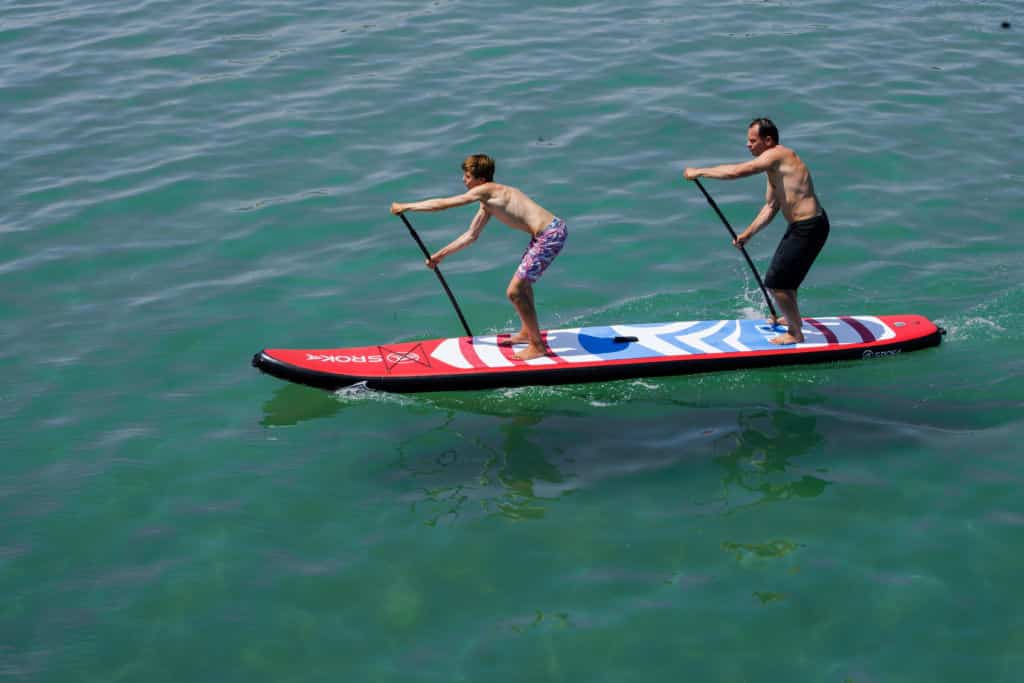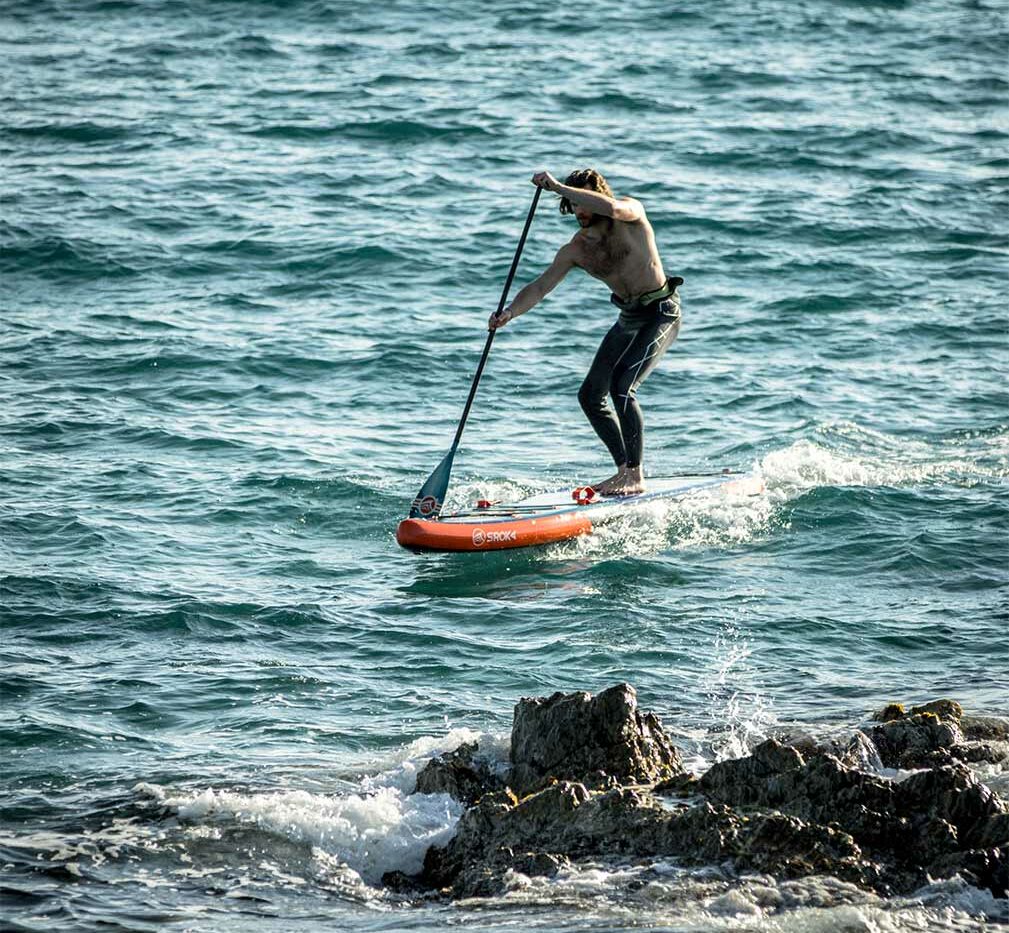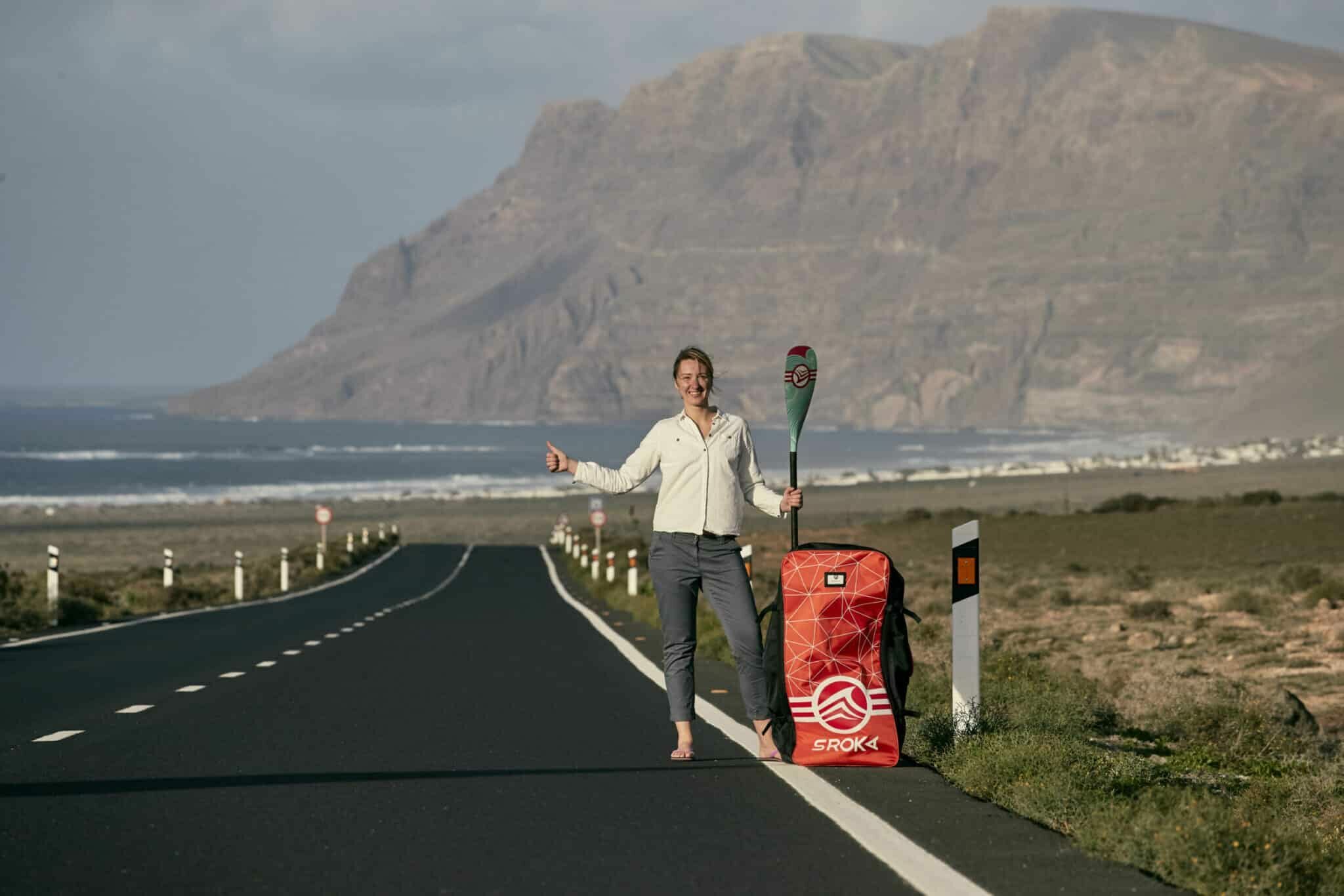 LE MAGAZINE
LE MAGAZINEWhat are the rules for paddleboarding?

Stand-up paddling is a very popular discipline, thanks to its practicality, ease of use and accessibility to all. If you want to paddle, whatever the water, it’s essential to know the rules of navigation for each body of water and to respect them in order to practice safely. Here’s what you need to know to paddle?
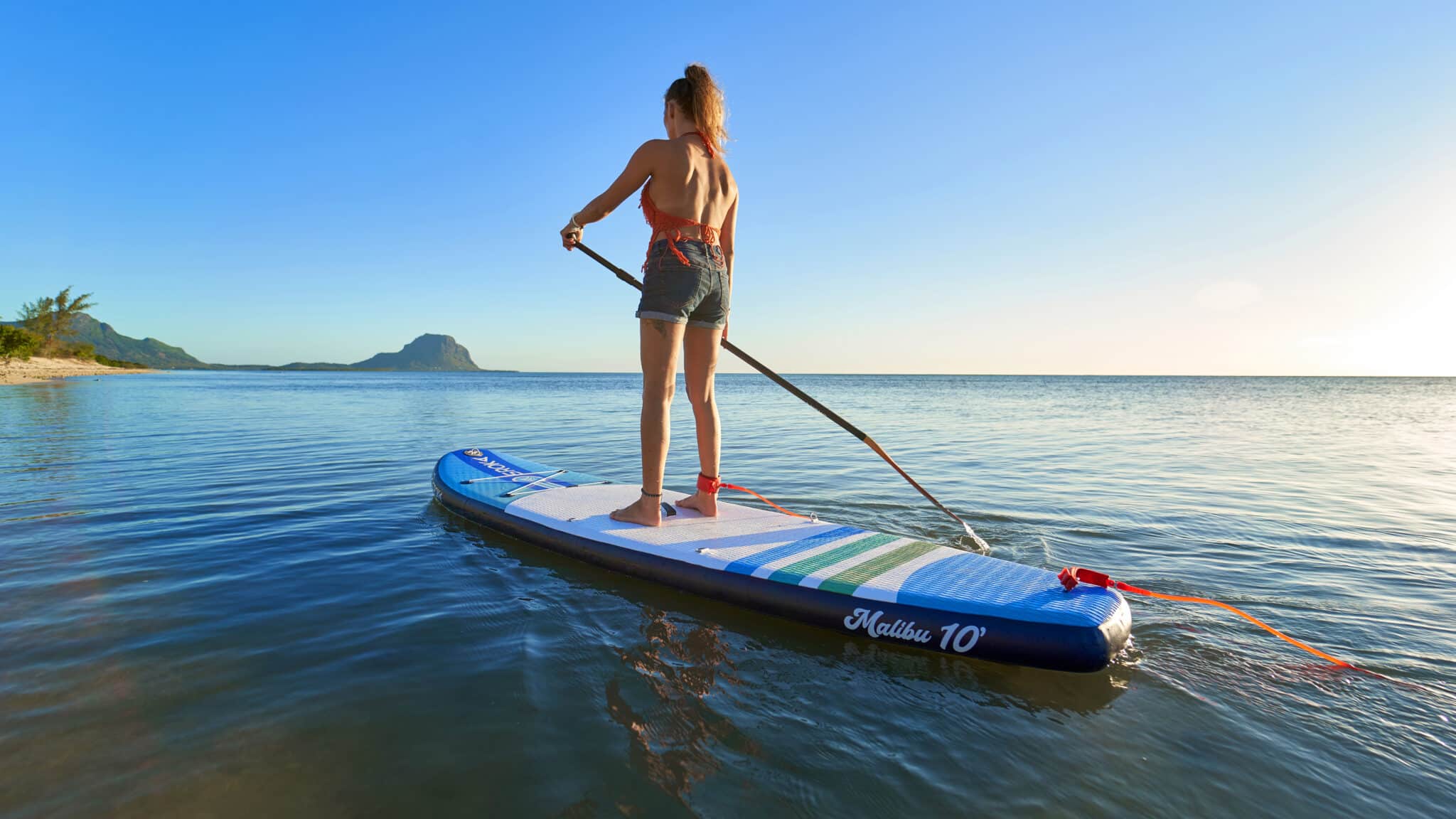
General rules for paddleboarding
To find out what the rules are for paddling and where you can navigate, it’s important to identify the category of your paddle. The rules for paddling are the same as for other users of the sea.
1. Stand up Paddle < 3.50m
If your boat or paddle is inflatable or rigid and less than 3.5m in length. Your navigation area is limited to the 300m zone. You must stay within 300m of the coast, as your paddle is considered a beach craft. The equipment required within the 300m zone is :
– A mandatoryleash
– A lifejacket is also highly recommended.
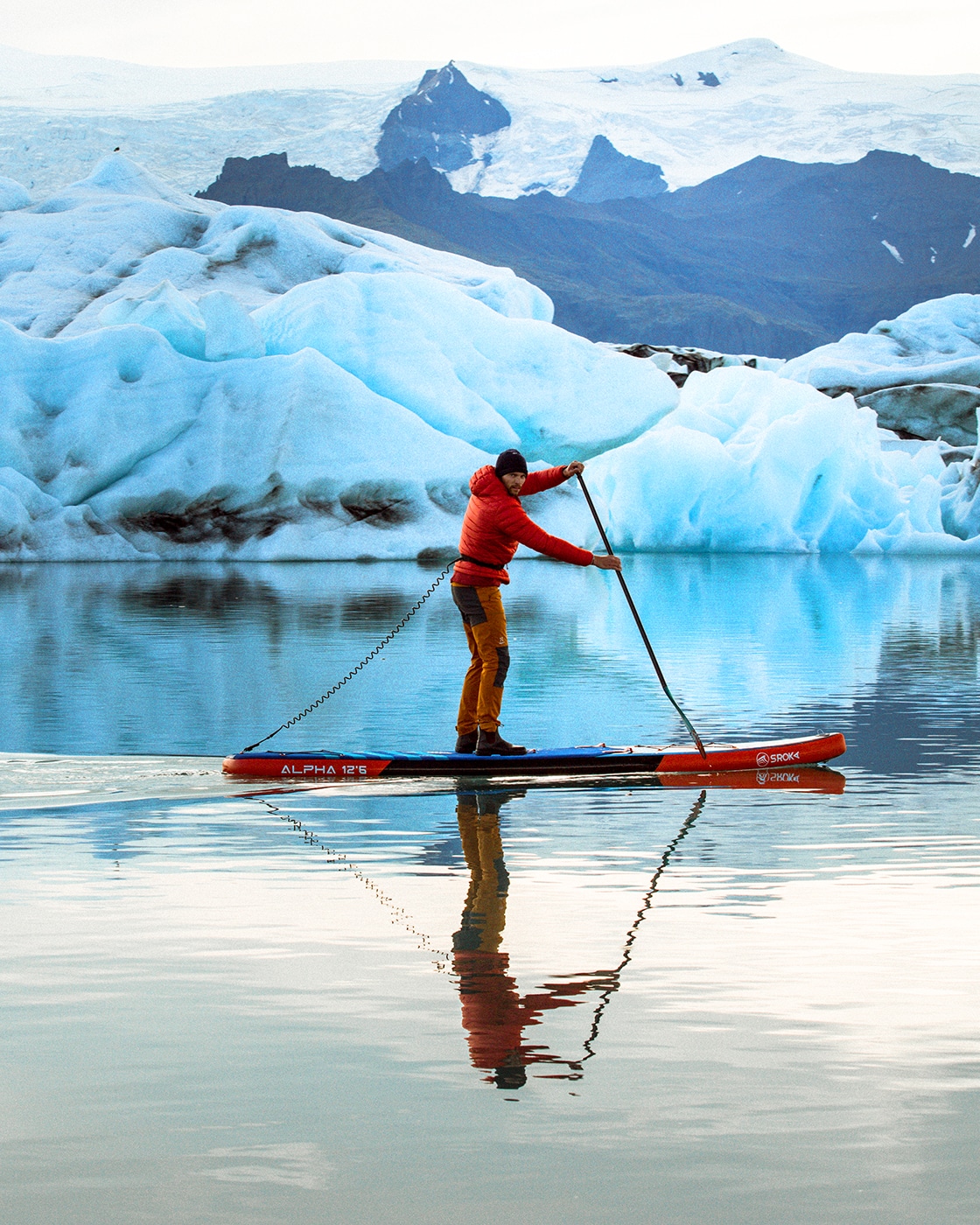
2. Stand up Paddle > 3.50m
If your paddle is longer than 3.5m. If it’s a rigid or inflatable paddle, but has several air chambers (buoyancy reserves). Your navigation zone is then extended to a distance of 2 miles from the coast, or about 3 km. However, to leave the 300m zone, you must have the necessary equipment (compulsory equipment) to navigate beyond 300m. In this case, you’ll need the following equipment:
– A lifejacket adapted to your size (50N minimum)
– A leash
– A towing device (floating safety rope and attachment device)
– A luminous locating device (waterproof flashlight, etc.)
Channel proximity
When you’re near a port, it’s important to know that it’sforbidden to cross the exit or entrance road to a channel, which is marked by red and green buoys.
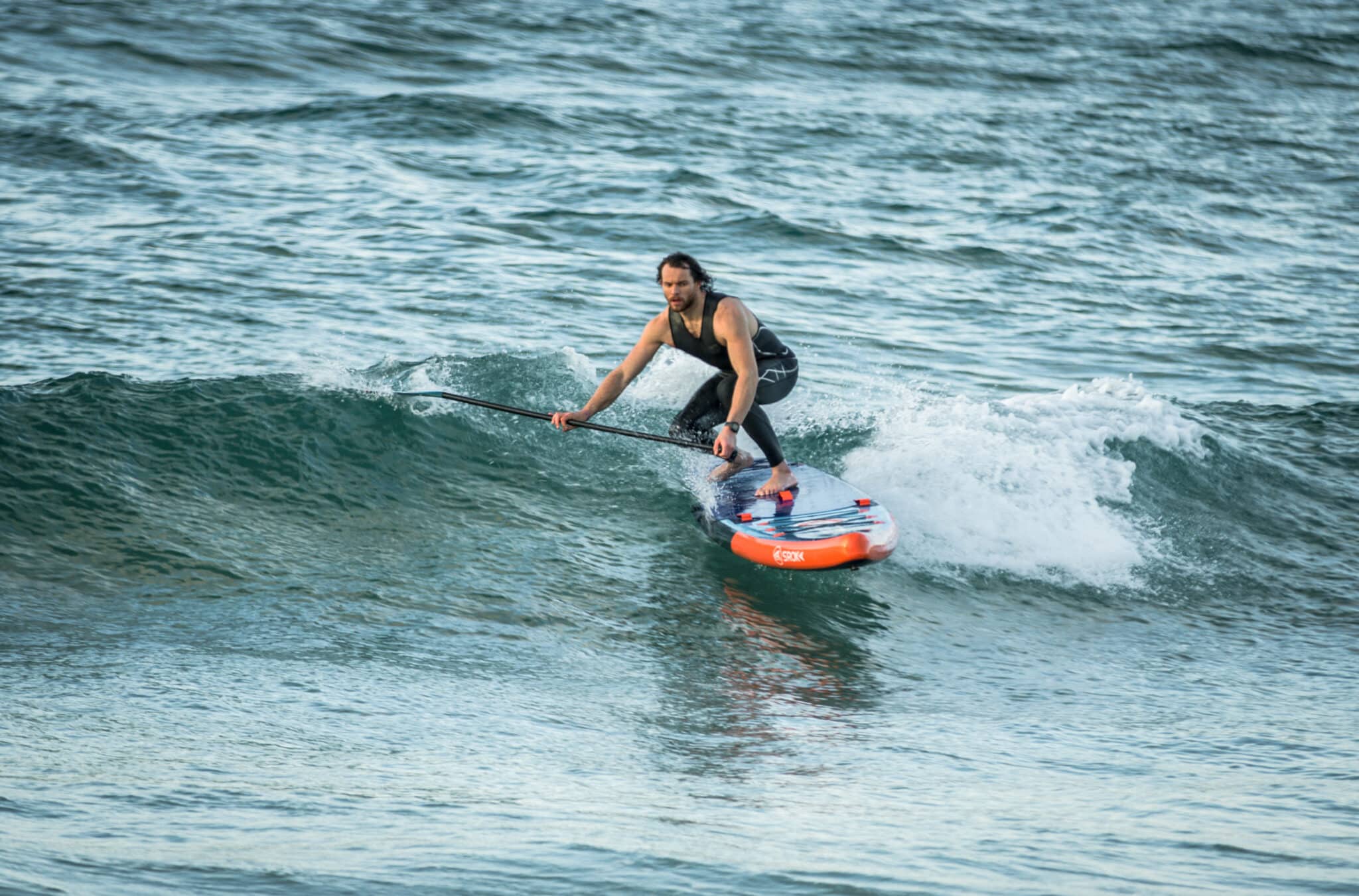
Priority rules
When paddling, it’s important to keep in mind the different rules of priority. Less manoeuvrable boats have priority over more manoeuvrable boats. This means that when paddling or stand-up paddling, you’ll have to give way to all large motorboats and sailboats with limited manoeuvrability. In other words, a sailboat or motorboat with limited manoeuvrability will have priority over you. With equal size and maneuverability, priority is given to the one coming from starboard (right), as on the road.
The rules of paddle surf
For paddle surf or Sup foil, the rules of surfing must be respected. The surfer closest to the surf zone has priority over the others. For wave paddling, always opt for conditions suited to your level.
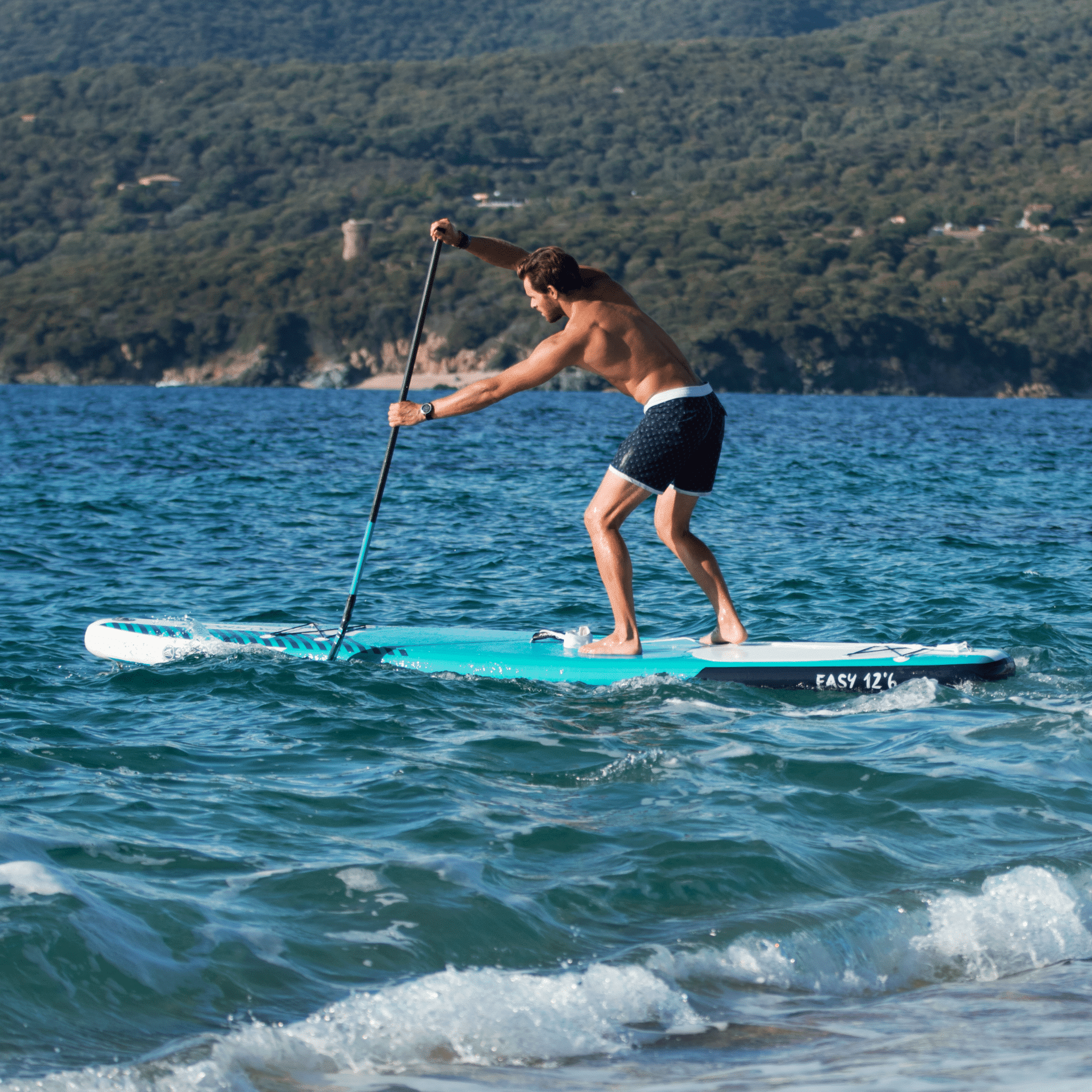
Rules for paddleboarding at sea
Paddling in the sea or ocean is considered to be navigation in an open environment. This practice requires a few precautions, such as checking the weather and sea conditions, and being aware of how the water may change over time. This will help you avoid being caught out and avoid drifting against your will.
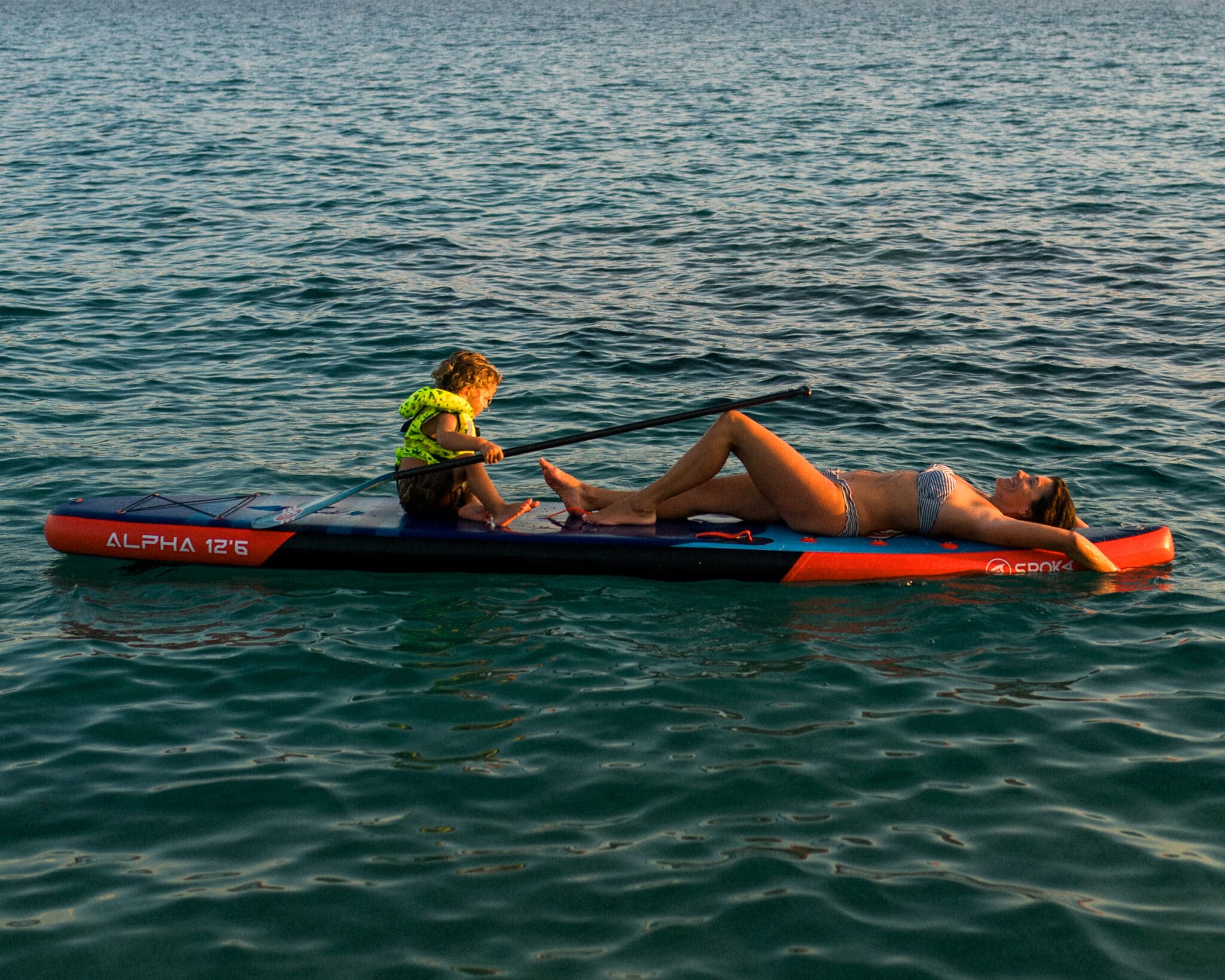
Rules for paddling on flat water in a closed environment (without current)
In enclosed areas, the regulations are the same as in open areas. If your stand-up paddle is less than 3.5m long, you must stay within 300m of the shore. If your stand-up paddle is longer than 3.5m, then you’re allowed to go more than 300m from the shore. But you must be equipped with the same equipment as at sea (buoyancy jacket, towing system, watertight light…).
As far as right-of-way rules are concerned, you must give way to all boats over 15 m and to vessels with reduced manoeuvrability, such as sailboats, etc. Otherwise, the right-of-way is the same as at sea, with the same clearance and manoeuvrability, giving way to the one coming in on the starboard (right) side.

Rules for paddling on flat water with current
In whitewater, the first rule to know is that leash is forbidden! In fact, it could get stuck in obstacles (rocks, branches, etc.) and prevent you from surfacing. Of course, this depends on the class of the river. However, a buoyancy jacket is compulsory.
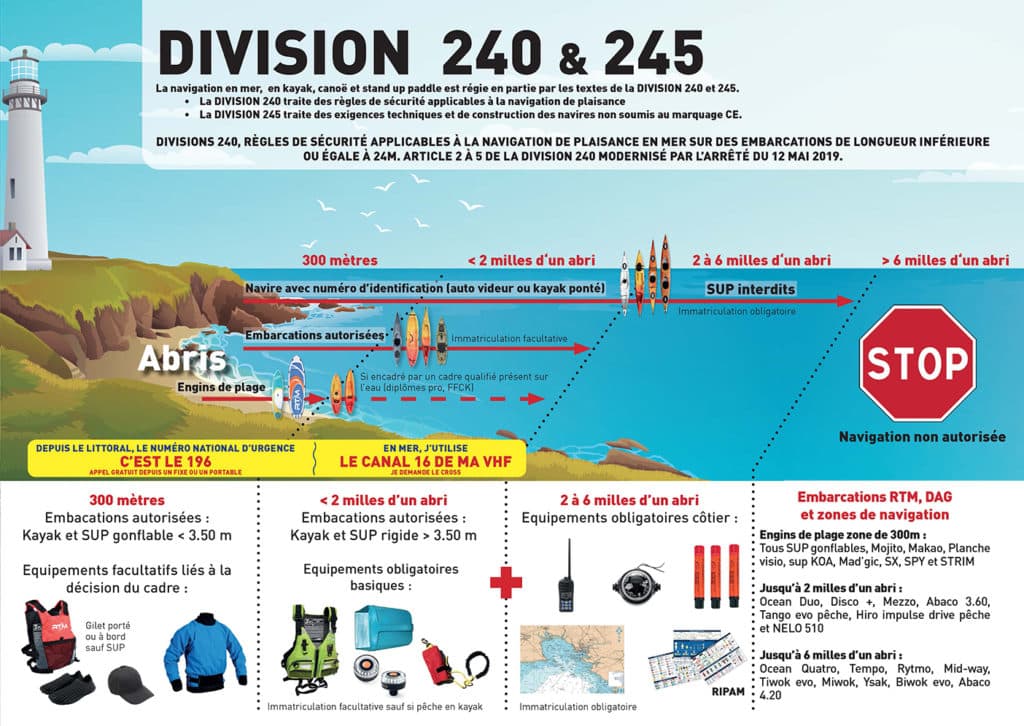
In a nutshell:
- If your paddle is less than 3.50m long, you must stay within 300m of the shore and be equipped with at least a leash.
- If your paddle is over 3.50m long, you can be up to 2 miles from a shelter. Of course, you’ll need to have all the necessary equipment (lifejacket, floating tow rope with hook, waterproof flashlight with 6-hour operating time).
- Always respect the rules of priority
- And above all, never put yourself in danger
If you have any further questions, or if you have any other requests, please don’t hesitate to contact us!
 Le Magazine
Le Magazine



